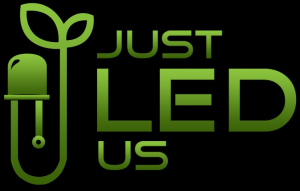Hope Heals
There is something in gardening associated with providing HOPE for those who feel they may have little else to hope for. This might ultimately be the most beneficial aspect in gardening as a therapy. Encouraging people to participate in activity essentially in the practice of hope may well be highly therapeutic because it focuses on skills and aspirations rather than symptoms and deficits. Throughout this process we shall ‘embrace’ a positive attitude and spirit. As a living being we can surely see the connection between social and personal growth which reflects on the importance of the physical environment and how people approach other living things in connection with themselves.
